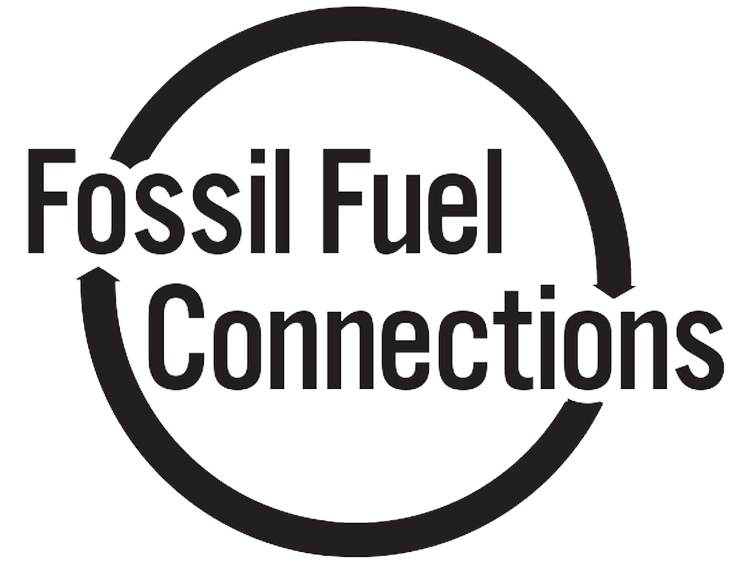Shipping:
COAL TRAINS
Madison Lyon
Pacific Northwest residents have increasingly heard about coal trains, or even seen one go by. This page will examine the environmental, social, and heath effects of coal trains.
Basic Coal Train Facts
Most coal trains today have 125-150 rail cars, making them up to 1.5 miles long (Black). The coal is picked up from the Powder River Basin in Montana and Wyoming and transported via train to the West Coast: California, Oregon, and Washington. The main purpose of transporting coal in trains is to load large amounts on ships to be sent to Asia, where it is burned for energy.
Coal Dust
Coal dust is the fine powdery dust that comes off of coal. It can contain harmful metals such as lead, mercury, and arsenic. The dust is very fine and is easily blown off of the coal being transported in the uncovered cars of coal trains. Studies have shown that up to 500 pounds of coal dust comes off of each car (Columbia Riverkeeper). So when you multiply 500 pounds per car with an average of 130 cars per train, that amounts to 65,000 pounds of coal dust per train in just one trip. This number is staggering and one can only imagine where it all ends up. Coal trains cannot be covered because the trapped gasses can explode (Robinson).
The coal dust blown off of the trains causes contamination of nearby water sources, farmlands, and other ecosystems. It also lands on nearby homes and living environments, putting people’s health at risk. The coal dust can also build up on the railroad tracks themselves, which can lead to a train derailing (Robinson).
Health Effects
Exposure to coal dust commonly occurs when it is inhaled into the lungs and then enters the bloodstream. The dust is so fine and powdery that it can easily be inhaled in by anyone near a passing coal train. Elderly people and younger kids are most at risk of getting sick from coal dust because they have weaker immune systems (Robinson).
Arsenic found in coal dust can contaminate fisheries, freshwater sources, and farmlands, affecting human health when we ingest contaminated sources of food and water. Heavy exposure to harmful metals can poison the body and lead to cancer. The mercury that is found in coal dust can affect neurological development in children and fetuses (Coal Train Facts). Mercury exposure can occur from eating fish that were exposed to it.
Breathing in coal dust can cause many serious illnesses and diseases, such as asthma, chronic lung diseases, cancer, and other illnesses long found in exposed coal miners (Coal Train Facts). There is no safe level of exposure to coal dust (Robinson).
Diesel Particulate Matter
Almost all coal trains run on a diesel engine, whichemit a large amount of exhaust that contains diesel particulate matter, made up of very fine particles that contain organic compounds, sulfate, nitrate, metals, and other trace elements (EPA). Because the particles are so fine, it is easy for people to breath in the exhaust. There is no safe level of exposure to diesel particulate matter. The exhaust coming out of coal train engines also contribute to climate change.
The side effects of coming in contact with diesel particulate matter are similar to those of coal dust. Exposure happens from breathing in exhaust particles from diesel engines. Short-term exposure leads to irritation of the nose, throat, eyes, lungs, and can cause lightheadedness, nausea, cough, and exacerbation of asthma (EPA). If just short-term exposure can lead to these symptoms, long-term exposure can lead to more serious and even life-threatening illnesses. The EPA has tested animals for the long-term effects of breathing in diesel exhaust, such as lung inflammation, cellular changes in the lungs, and lung cancer. Increased rates of heart attack and stroke are often also found with any level of exposure to diesel particulate matter (Coal Train Facts).
Local Disruptions
Besides health effects of the coal trains, local residents and leaders have expressed concern about their length. When trains are rolling through cities and towns, vehicles have to stop and wait for the train to slowly pass at railroad crossings. This can be potentially life threatening because if an ambulance or fire truck gets stuck waiting 30 minutes for a train to pass, someone’s life could be lost waiting for multiple trains a day. It is a huge inconvenience for people trying to get home, to work, or to a local business.
Other problems that come with coal trains are noise pollution, whether the loud rumbling or their loud horns that are required at every railroad crossing. Noise pollution can cause sleep disturbances, stress, and development problems in younger children.
Finally, the coal that is being mined and shipped to Asia to be burned is a major contributor to climate change and global warming. The burning of coal is directly linked to rising global temperatures, intensifies storms, species extinction, and ocean acidification. When coal is burned it emits a huge amount of carbon into our atmosphere and it affects everyone and everything. There are many alternatives that we can turn to like solar and wind power for our energy and the time to get off of coal is now.
Sources
Black, T. (2015, October 14). Some coal trains double in size. Salt Lake Tribune.
Coal Train Facts. (n.d.). Whatcom and Skagit physicians’ scoping request. CoalTrainFacts.org
Columbia Riverkeeper. (n.d.). Dirty coal export. Columbia Riverkeeper.
Robinson, Joëlle. (2015, November 11). Climate Solutions (Field Director). Personal Interview.
U.S. Environmental Protection Agency (EPA). (n.d.). Diesel particulate matter. EPA.




